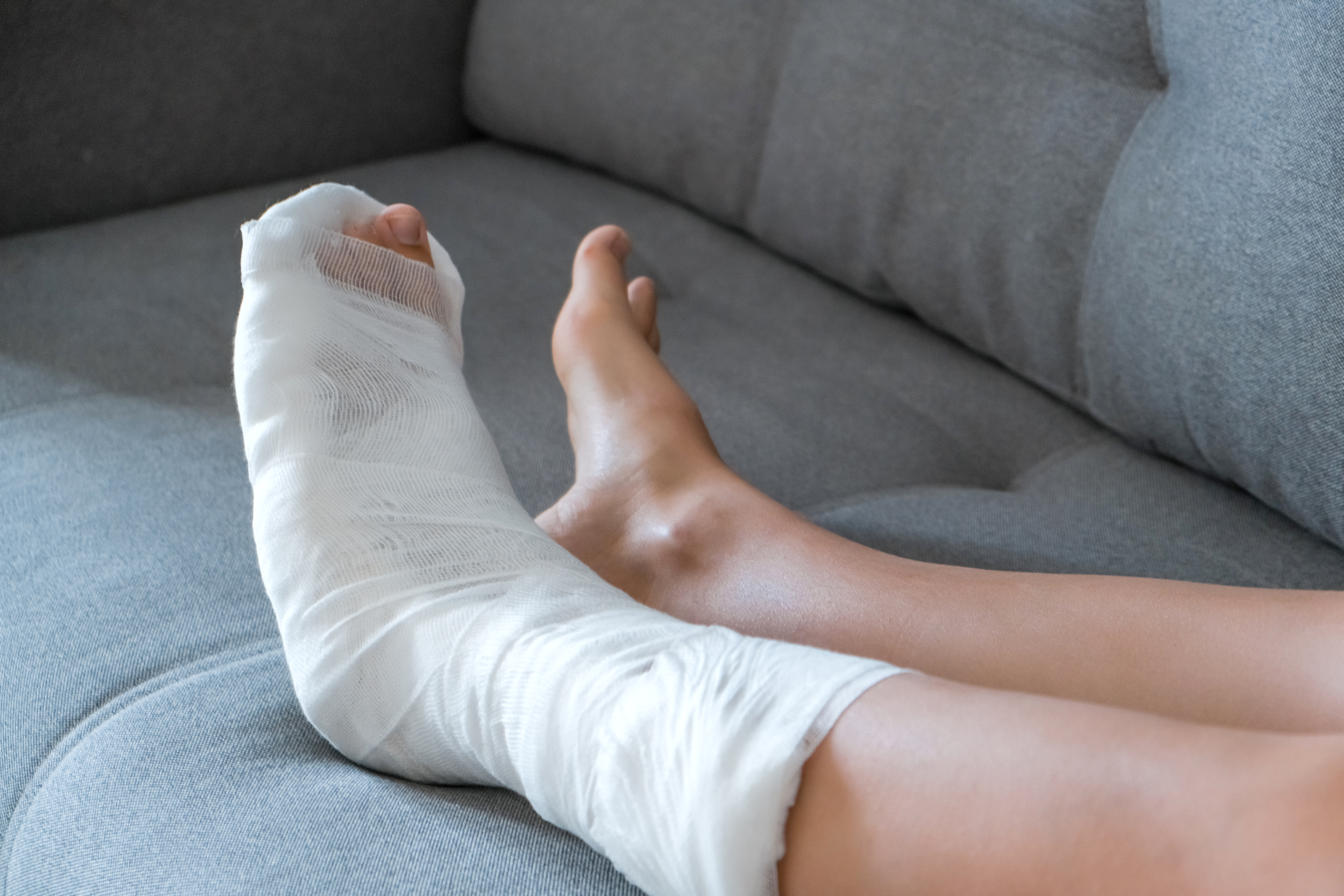Unraveling 20 Twisted Mysteries of Bunions: A Journey from Causes to Complications
What starts as a small bump on the side of your foot can quietly evolve into a daily source of pain, frustration, and even long-term damage. Bunions—those bony protrusions at the base of the big toe—aren’t just a footnote in your health; they’re a full-blown warning sign. Caused by misalignment over time, often made worse by narrow shoes or inherited foot structures, bunions can slowly twist the big toe inward, distorting your stride and complicating even the simplest walk. While many turn to wider shoes and pain relief as a first defense, truly managing bunions means understanding their full story—where they come from, what they lead to, and how they can be stopped in their tracks. That’s why we’ve expanded our guide to Unraveling 20 Twisted Mysteries of Bunions—a deep dive into the hidden causes, overlooked triggers, and serious complications you can’t afford to ignore.
1. Foot Injuries

Foot injuries and stress on the foot can lead to a bunion. If individuals wear narrow shoes that squeeze their toes, the big toe is more likely to be pushed toward the second toe. This squeezing causes an injury that, over time, leads to the development of a bunion. A bunion occurs when the first metatarsal bone found in the foot pushes outward, causing the big toe to point inward, which leads to a bump. Any injury caused by compression to the foot can lead to a bunion. With that said, bunions typically develop due to repeated stress on the foot over time. Toes wrapped too tightly while an individual is recovering from a foot injury can lead to a bunion. If an individual's shoes are narrow enough to cause pain when they wear them, especially when they wear them for long periods, they may cause a bunion. Bunions are most likely to develop when the foot is squeezed into a narrow shoe.
2. Congenital Deformities

Some bunions can be the result of congenital deformities. In these cases, the bunions may not develop over time and may instead be part of the foot's natural shape. Congenital deformities also increase an individual's risk of developing a bunion. Even if the bunion is not present at birth, the foot bones of someone with congenital deformities may be more likely to shift with pressure than someone without the deformities. Two types of bunions have been identified by experts: congenital and acquired. A congenital bunion is acquired. The majority of patients with this bunion notice it during their teen years. Many congenital bunions are non-progressive, which means they do not worsen over time, unlike acquired bunions. As long as a congenital bunion does not cause pain, it can be supported by a properly fitted shoe without needing surgery. Some individuals with congenital bunions may benefit from orthotics. However, as long as the right footwear is used, congenital bunions are unlikely to cause ongoing painful symptoms for the patient.
